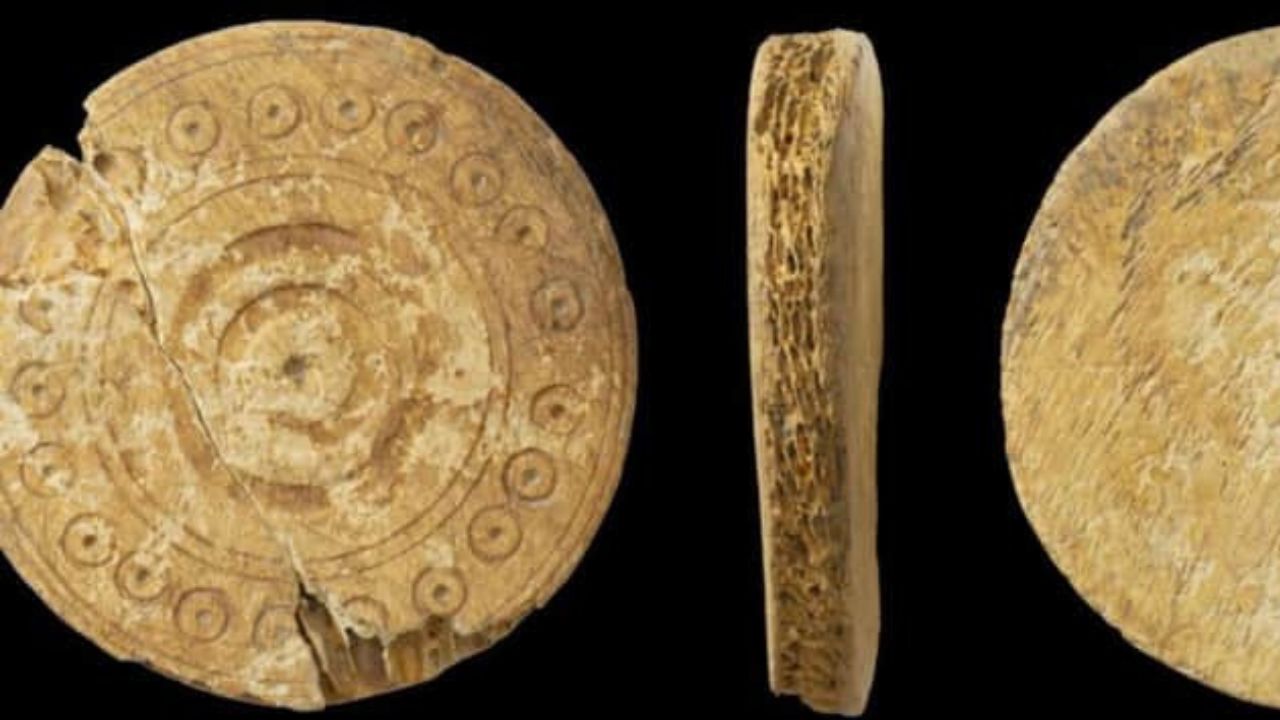Backgammon Piece from the Middle Ages Uncovered by Archaeologists
The team hypothesises that their discovery was used to play tabula, a game comparable to backgammon, during the Middle Ages.

Backgammon Piece from the Middle Ages Uncovered by Archaeologists
During excavations of a mediaeval structure in Bedfordshire, England, archaeologists have located a "tableman" game piece.
The piece, fashioned from a bovine mandible, has a diameter of nearly 6 centimetres and is adorned with circles and a ring-and-dot pattern on the front.
What function did the tableman serve?
Numerous board games in which two players typically rolled dice and moved their pieces along rows were played with tablemen. The word 'tables' is derived from the Latin tabula, which originally meant "board" or "plank".
The team hypothesises that their discovery was used to play tabula, a game comparable to backgammon, during the Middle Ages.
In addition to the tableman, the group of archaeologists discovered a mediaeval timber-framed structure and a series of mediaeval enclosure ditches during excavations for a housing development, according to Cotswold Archaeology.
Other recent British digs
This month, a number of other thrilling archaeological discoveries have been made in the United Kingdom, including the remains of an ancient Roman street and residence discovered beneath the historic Exeter Cathedral.
Hidden below the Cloister Garden, which once housed mediaeval cloisters, are relics from a period when the Roman Empire ruled the majority of the UK.
In 1656, the cloisters were demolished. Currently, the cathedral is endeavouring to construct a new Cloister Gallery on the site, which is why archaeological excavations are being conducted.
